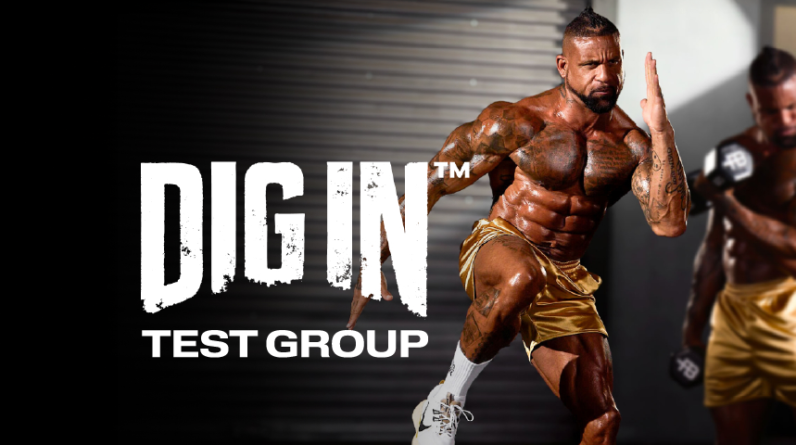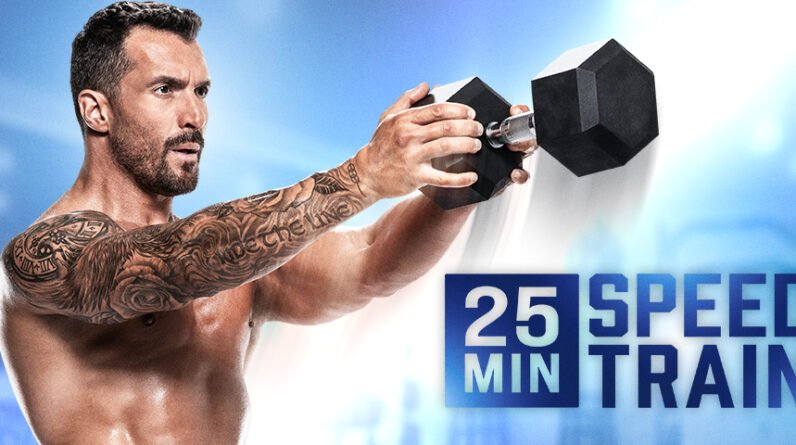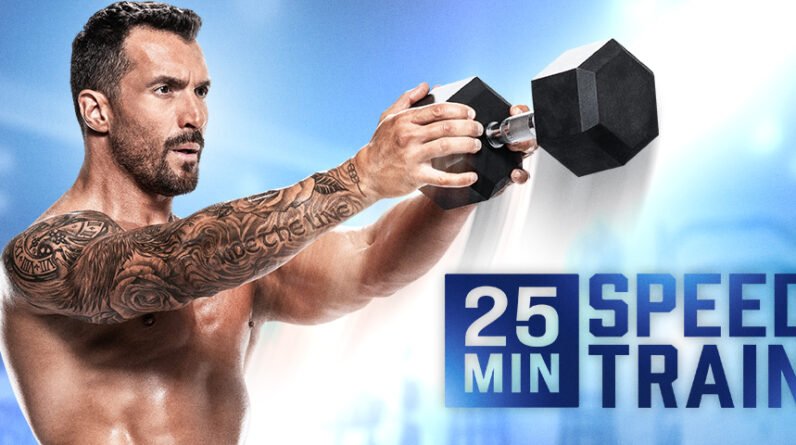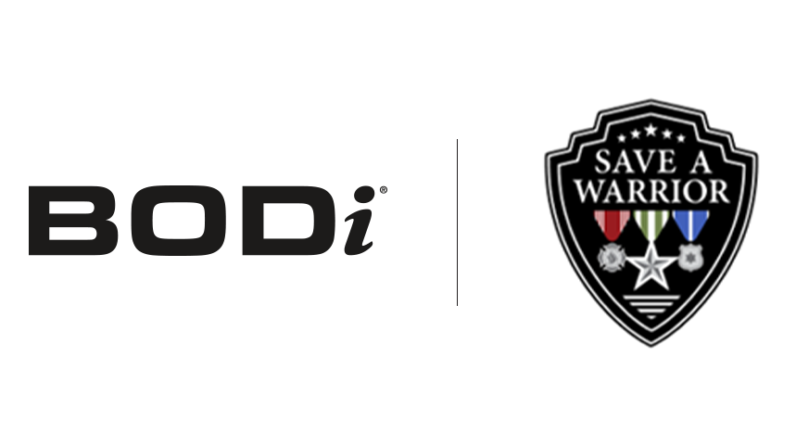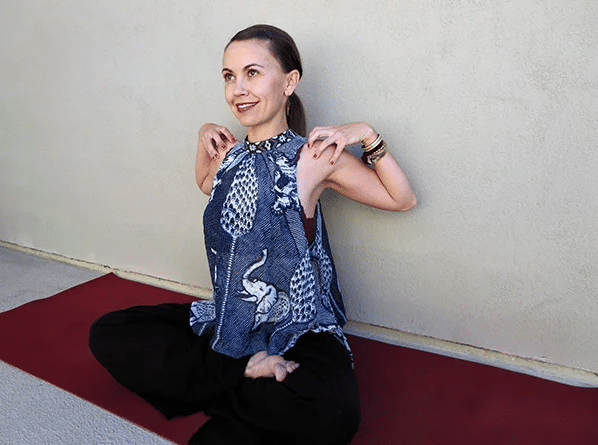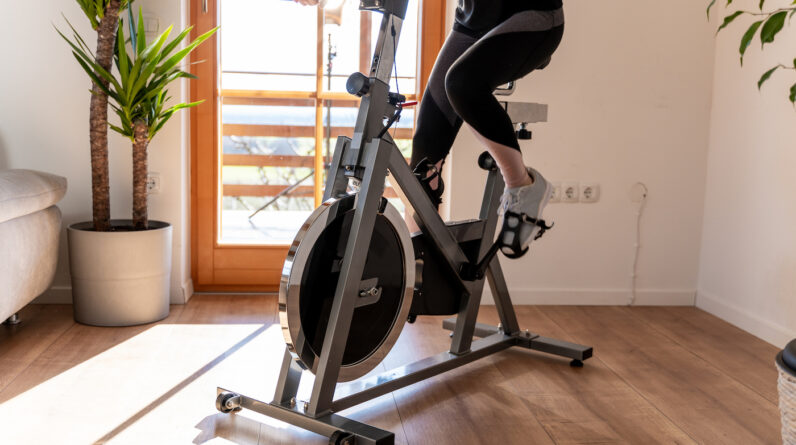
Depending on what your foot is doing, you’re activating different muscle groups. A large majority of a spinning class will involve pushing down on your pedals. “The part of the pedal stroke we feel the most is the pushing down part, or the front of the pedal stroke,” says Christine D’Ercole, a Peloton cycling instructor. When you’re pushing down, you’re hitting your large lower body muscles. “Your glutes and quads are engaging to push the pedal down,” she says.
Experts In This Article
- Christine D’Ercole, Christine D’Ercole is a senior cycling instructor at Peloton. She’s also a national champion track cyclist and writer.
The other part of the pedaling equation happens in the back of your pedal stroke, which D’Ercole says uses far less power than pushing down in the front. “There is some sense of ‘pulling up,’ though to be clear, the hamstrings and calves that are closing the knee angle and the hip flexors which are lifting the knees—pulling up—will never generate the same kind of power that the quads and glutes can produce in pushing down,” she says.
For the most efficient cycling sesh, the goal is to balance both the pushing and pulling motion with your pedals. “Very often in indoor cycling classes, we see riders focusing solely on mashing down on the pedals,” says D’Ercole. If you’re guilty of this, you’ll fatigue your quads and glutes more quickly and miss the benefits of hitting the back of your leg muscles. “The more efficient your pedal strokes, the less energy you’re wasting, and the more productive you will be on the bike,” she says. Keep scrolling for her tips on how to nail both elements of your spin class pedaling technique.
How to properly nail pedal pulling and pushing
Pushing down
When you’re in the push-down phase of your pedal stroke, you should be able to feel which muscles you’re recruiting to do the work. “When trainers ask you to push down in a class, it’s to draw attention and create a point of reference by creating awareness of how the sensations in the glutes and quads at the front phase of the pedal stroke feel,” says D’Ercole. Her tip? Keep it smooth—if you feel as though you’re stomping up stairs as you pedal, it’ll feel jerky and inefficient.
Pulling up
This is when you’re meant to draw attention to your hamstrings, calves, and hip flexors at the back of your pedal stroke. “Imagine when your foot is at the bottom of the stroke that you’re scraping something off the bottom of your shoe and lifting your knees upward,” says D’Ercole, who notes that these drills are usually put together to round out your pedal stroke. Her tip? Practice pedaling with one leg at a time at a variety of cadences to see where you’re missing out on power production. “While it’s not possible to have 100-percent even power production throughout the entire range of motion, teaching each of the muscle groups to do their job optimally will improve your cycling efficiency.”
Adjust your bike setup
None of these techniques will work if your body position on your bike isn’t set up properly. “If your saddle is too high or too low, too far back or forward, you lose the ability to recruit the muscles optimally,” says D’Ercole. “Your saddle should be level, the knee should be over the ball of the foot while the foot is at the 3 o’clock position, and there should be a slight bend in the knee while the foot is at the 6:00 position of the stroke.” Also key? Make sure your cleats are immovable and straight. Once all of that’s in place, you’re good to slay that spinning workout.


